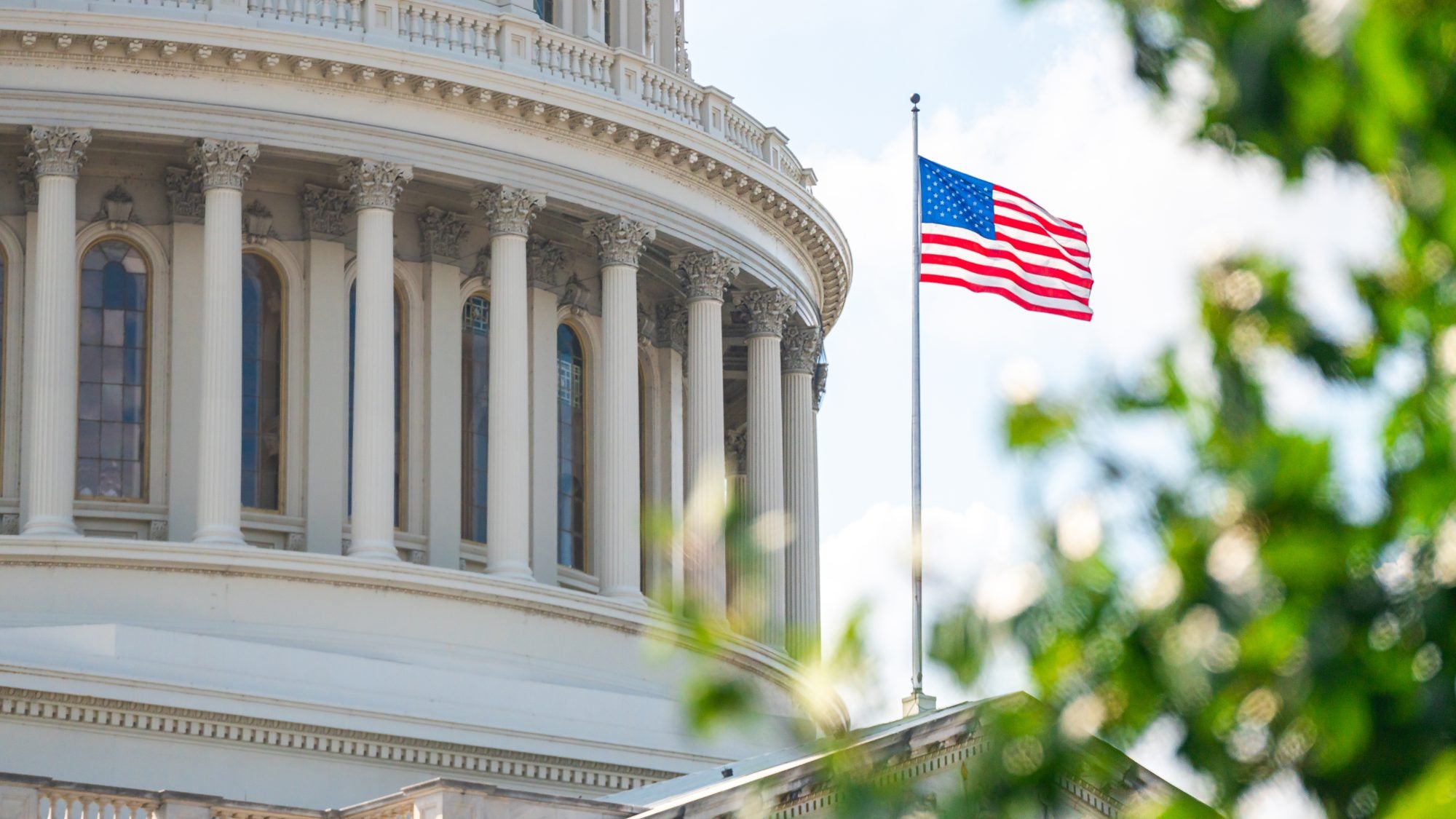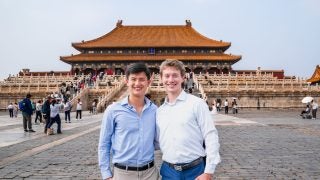Elon Musk announced he was forming a new political party to provide an alternative to the two-party system dominated by the Republican and Democratic Parties.
The America Party will be for centrist voters who make up “the 80% in the middle,” Musk wrote in a post on X.

While third parties have existed in American politics, they have rarely tipped the electoral scales. Hans Noel, an associate professor of government in the College of Arts & Sciences, said that Musk will face an uphill battle to change the American political landscape with his new party.
“The same kind of resources that Musk wants to bring to a third party have been brought to primary electorates in recent years, profoundly reshaping both parties,” said Noel, an expert in American political coalitions, parties and ideology. “Putting the energy inside the existing parties is a proven strategy, while the third-party strategy is not.”
Noel explains the history behind the U.S. two-party system and the challenges Musk will face to establish an alternative political party today.
Ask a Professor: The Challenge of Elon Musk’s America Party
How long has the current two-party system been in place?
The Democratic Party and the Republican Party have been the two dominant political parties in the U.S.since before the Civil War. With only a few short-lived exceptions, they have been the only significant parties for more than a century and a half. Even before them, when there were others, there were usually only two major parties.
Third parties did have more luck in the 19th and early 20th centuries, though. The Republican Party itself began as an alternative to the Democratic and Whig parties, both of which tried to avoid the issue of slavery. Other minor parties have had some success. But we have not had any sustained period of multipartyism in the U.S.
Why has it historically been difficult to establish alternative parties in U.S. politics? Have there been any close attempts?
The biggest factor is probably our electoral system. With single-member districts for the legislature, there are strong incentives for both voters and politicians to gravitate to the top two parties. Since only one party can win, the two closest to winning are the only ones that matter. Even if a voter really likes a third party, they probably also have a preference between the top two. Voting for their favorite party has little impact, but voting for one of the top two may matter. Meanwhile, politicians who want to get elected know that they have a better chance of winning with one of those two parties. This basic logic is called “Duverger’s Law,” after the French sociologist Maurice Duverger, who articulated it in the 1950s.
Duverger’s Law is obviously not a law, since there are many meaningful exceptions — for example, Canada, India and the United Kingdom. But these are all parliamentary democracies, where winning a small number of seats in the legislature can still give you a ticket to a seat in the government. Parliamentary systems elect their government, including the prime minister, by building a majority in the parliament. If there are many parties, they can form coalitions. But in presidential systems like ours, there is pressure to unify in the election of the president, the ultimate single-member district.
Still another factor is our primary elections. In most democracies, parties control who their nominees are. So if you don’t like what the parties are doing, you have to form other parties. But with primaries, you can change the party itself by nominating new candidates. Indeed, the Democratic and Republican parties have changed a lot in their lifetimes. They have completely reversed on racial issues, and they’ve shifted and evolved on many others, including women’s rights, trade and foreign policy. If the parties are that flexible, there is little energy for creating an entirely new party.
None of these factors means that no third party could ever succeed. But major changes in the U.S. are usually within the parties, not from outside them. The last time a third party had a huge effect on politics was in 1912, when former Republican Theodore Roosevelt broke with his party and ran as a Progressive. And even then, the main effect of his candidacy was that the Democrat, Woodrow Wilson, won in an election he might not have. More recently, Ross Perot ran a third-party campaign for president in 1992, and that, too, might have affected the outcome of the race, but Perot himself won no states and so earned no Electoral College votes. That’s the high-water mark of third parties in recent decades: 20 percent of the vote and nothing to show for it.
Who would be the target electorate for the America Party?
There are many voters who are frustrated with the current two-party system. Musk talks about a group of as many as 80 percent of voters who want this change, but he gets that number from a survey on Twitter/X, which is far from representative of the American public. The true scope of potential third-party voters is much smaller. Even if it were large enough to win an election, these disaffected voters are diverse. Some view the existing parties as a uniparty, with no real differences between them. Some are to the left of our current politics, some to the right. Others are true moderates who feel our two parties are too far apart. Most just don’t like the way the parties bicker over things. In other words, a lot of people want a third party, but they don’t want the same third party.
So once the America Party starts to articulate what it stands for, that imagined 80 percent is going to shrink fast. In the end, there’s a constituency for Musk’s America Party, but they are mostly represented by Republicans, so he would need to win them over.


